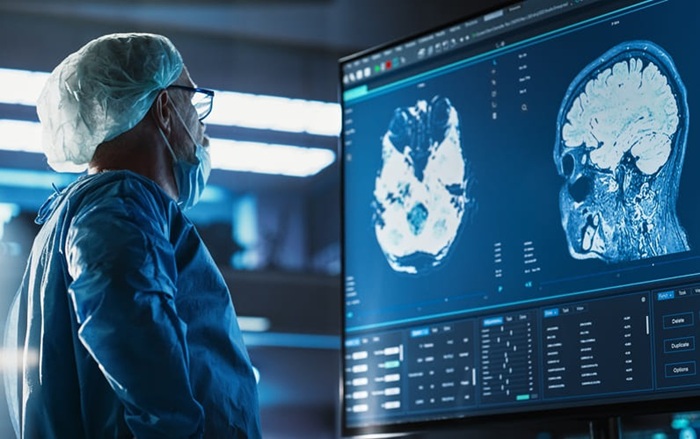Global Breast Imaging Systems Market to Reach USD 1.3 Billion by 2024 Due to COVID-19-Led Patient Backlog
|
By MedImaging International staff writers Posted on 27 Jan 2022 |
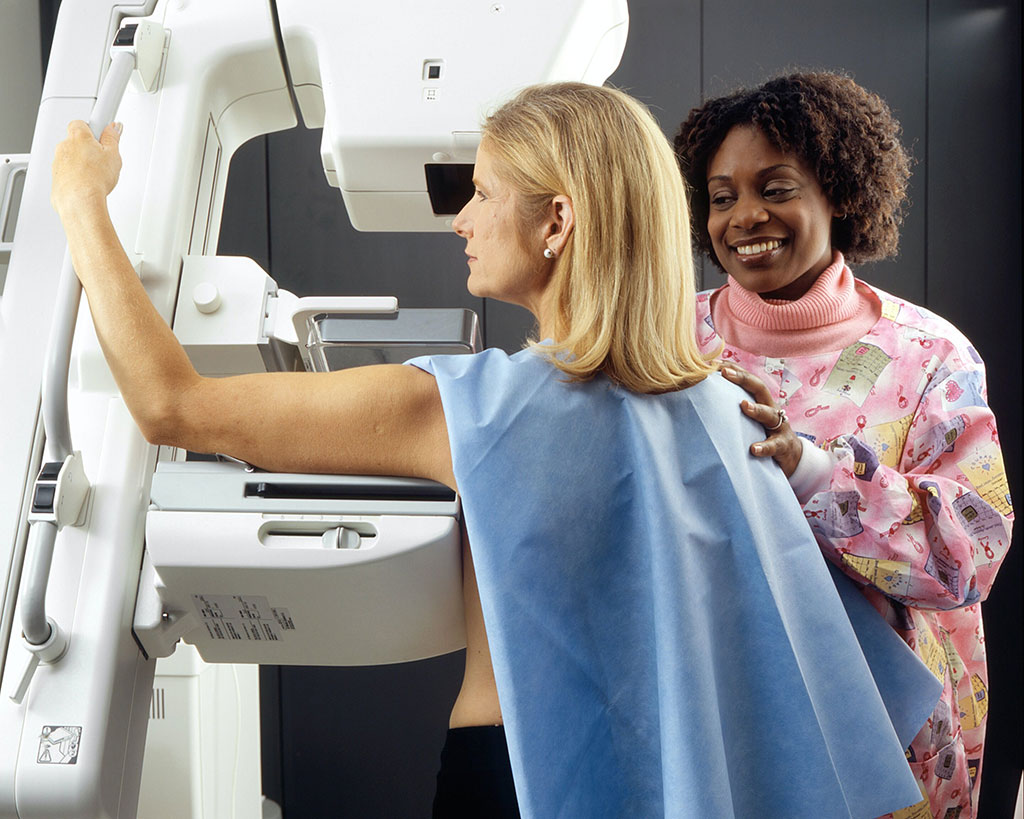
The global breast imaging market is expected to be driven by rising incidences of breast cancer, coupled with the huge backlog of women requiring breast cancer screening appointments due to COVID-19.
Other key growth drivers of the global breast imaging market include greater awareness of the benefits of breast cancer screening programs and the need to improve accuracy of breast cancer detection. This, alongside a patient-centric approach towards screening and technological advancements in order to enhance patient comfort, are improvements being implemented to increase participation of screening programs, which in turn, has driven the uptake of mammography X-ray equipment.
These are the latest findings of Signify Research (Cranfield, UK), a provider of market intelligence and consultancy to the global healthcare technology industry.
As a result of the rise in breast cancer cases globally, there is heightened pressure on governments for conducting screening programs. However, screening programs alone are not sufficient to help bring down breast cancer mortality rates. It is essential to improve the accuracy of breast cancer detection, while also reducing false positives and missed lesions. These factors are expected to primarily drive advancements in breast imaging screening as well as diagnosis.
COVID-19 severely impacted all medical procedures and healthcare facilities since the pandemic was declared globally in March 2020. Breast screening was significantly affected, with a high number of women missing their scheduled mammograms. With a significant number of women missing their screening appointments, there is concern that many more women will develop breast cancer in the advanced stages over the coming years. To help deal with the patient backlog, significant investment will be needed in both medical staff and breast imaging equipment. Given the increased pressure on screening centers and hospitals to address the number of women requiring breast cancer screening, there is heightened interest in how artificial intelligence (AI) can be used to help prioritize scans, by highlighting suspected cases or lesions. Cases that are most urgent can then be taken up on a higher priority within the radiologists’ workflow, accelerating patient care pathways or protocols for further diagnosis.
Mammograms will continue to play a fundamental role in the detection of breast cancer, although the occurrence of false positives often leads to benign lesions being operated on. Given the heightened pressure for breast cancer screening programs to tackle the rising female population qualifying for mammography screening, it is crucial that the number of false positives subsequently does not rise as a result. Advanced techniques in mammography screening such as AI, tomosynthesis guided biopsy, contrast enhanced spectral mammography, as well as a more personalized approach to breast cancer screening are initiatives which could help reduce the number of false negatives or positives and drive more accurate, early detection of breast cancer.
The trend of personalized risk-based screening is expected to gain strength. A number of factors could contribute to the risk of breast cancer such as genetics, family history, polygenic risk scores and high mammographic density. Personalized risk-based screening can also identify high-risk women for more intensive screening such as magnetic resonance imaging (MRI) follow-up after mammography. Alternatively, low-risk women may be more suited to longer intervals between screening, which also reduces the risk of false positives through over-screening. There will also be an increase in the use of multi-modality imaging for breast cancer screening. The shift towards risk-based screening is likely to encourage the use of multi-modality imaging. As women are segregated into groups, identification factors, such as increased breast density, are expected to facilitate supplemental screening that is not commonly practiced today.
Regarding the use of 2D vs. 3D mammography in screening programs, the US is the only country in the world that currently uses 3-D mammography for screening, while all other countries use this technology only for diagnostic purposes. Western European countries are expected to be the next to adopt 3-D mammography screening programs, although this is not likely to happen until the next two to three years. In addition, healthcare providers are considering changing breast cancer screening policies to include younger demographics in order to help reduce breast cancer-related deaths and increase early detection. However, the possibility of over-diagnosis and false positives is still prevalent.
There continues to be a significant discrepancy across the world with regard to screening programs. Countries with large populations, like China and India for example, do not have a formal, structured approach towards screening. There are also large differences in participation even in regions where formal programs exist, such as in Western Europe. In Spain, Denmark and Finland there is around 80% participation, whereas the participation rates in other countries like France, the DACH region (Germany-D, Austria-A, and Switzerland-CH) and Portugal are all significantly below the 50% mark. The European Union is attempting to increase participation and increase the adoption rates to 80% or above.
Related Links:
Signify Research
Latest Industry News News
- GE HealthCare and NVIDIA Collaboration to Reimagine Diagnostic Imaging
- Patient-Specific 3D-Printed Phantoms Transform CT Imaging
- Siemens and Sectra Collaborate on Enhancing Radiology Workflows
- Bracco Diagnostics and ColoWatch Partner to Expand Availability CRC Screening Tests Using Virtual Colonoscopy
- Mindray Partners with TeleRay to Streamline Ultrasound Delivery
- Philips and Medtronic Partner on Stroke Care
- Siemens and Medtronic Enter into Global Partnership for Advancing Spine Care Imaging Technologies
- RSNA 2024 Technical Exhibits to Showcase Latest Advances in Radiology
- Bracco Collaborates with Arrayus on Microbubble-Assisted Focused Ultrasound Therapy for Pancreatic Cancer
- Innovative Collaboration to Enhance Ischemic Stroke Detection and Elevate Standards in Diagnostic Imaging
- RSNA 2024 Registration Opens
- Microsoft collaborates with Leading Academic Medical Systems to Advance AI in Medical Imaging
- GE HealthCare Acquires Intelligent Ultrasound Group’s Clinical Artificial Intelligence Business
- Bayer and Rad AI Collaborate on Expanding Use of Cutting Edge AI Radiology Operational Solutions
- Polish Med-Tech Company BrainScan to Expand Extensively into Foreign Markets
- Hologic Acquires UK-Based Breast Surgical Guidance Company Endomagnetics Ltd.
Channels
Radiography
view channel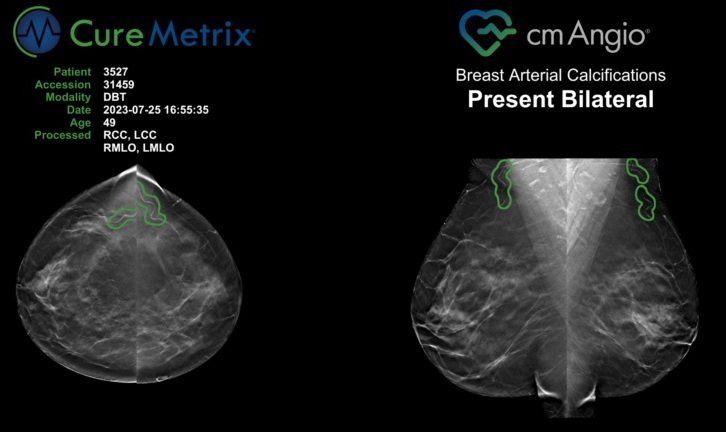
Routine Mammograms Could Predict Future Cardiovascular Disease in Women
Mammograms are widely used to screen for breast cancer, but they may also contain overlooked clues about cardiovascular health. Calcium deposits in the arteries of the breast signal stiffening blood vessels,... Read more
AI Detects Early Signs of Aging from Chest X-Rays
Chronological age does not always reflect how fast the body is truly aging, and current biological age tests often rely on DNA-based markers that may miss early organ-level decline. Detecting subtle, age-related... Read moreMRI
view channel
Novel Imaging Approach to Improve Treatment for Spinal Cord Injuries
Vascular dysfunction in the spinal cord contributes to multiple neurological conditions, including traumatic injuries and degenerative cervical myelopathy, where reduced blood flow can lead to progressive... Read more
AI-Assisted Model Enhances MRI Heart Scans
A cardiac MRI can reveal critical information about the heart’s function and any abnormalities, but traditional scans take 30 to 90 minutes and often suffer from poor image quality due to patient movement.... Read more
AI Model Outperforms Doctors at Identifying Patients Most At-Risk of Cardiac Arrest
Hypertrophic cardiomyopathy is one of the most common inherited heart conditions and a leading cause of sudden cardiac death in young individuals and athletes. While many patients live normal lives, some... Read moreUltrasound
view channel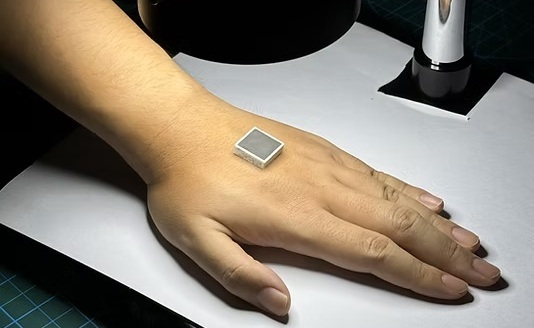
Wearable Ultrasound Imaging System to Enable Real-Time Disease Monitoring
Chronic conditions such as hypertension and heart failure require close monitoring, yet today’s ultrasound imaging is largely confined to hospitals and short, episodic scans. This reactive model limits... Read more
Ultrasound Technique Visualizes Deep Blood Vessels in 3D Without Contrast Agents
Producing clear 3D images of deep blood vessels has long been difficult without relying on contrast agents, CT scans, or MRI. Standard ultrasound typically provides only 2D cross-sections, limiting clinicians’... Read moreNuclear Medicine
view channel
PET Imaging of Inflammation Predicts Recovery and Guides Therapy After Heart Attack
Acute myocardial infarction can trigger lasting heart damage, yet clinicians still lack reliable tools to identify which patients will regain function and which may develop heart failure.... Read more
Radiotheranostic Approach Detects, Kills and Reprograms Aggressive Cancers
Aggressive cancers such as osteosarcoma and glioblastoma often resist standard therapies, thrive in hostile tumor environments, and recur despite surgery, radiation, or chemotherapy. These tumors also... Read more
New Imaging Solution Improves Survival for Patients with Recurring Prostate Cancer
Detecting recurrent prostate cancer remains one of the most difficult challenges in oncology, as standard imaging methods such as bone scans and CT scans often fail to accurately locate small or early-stage tumors.... Read moreGeneral/Advanced Imaging
view channel
AI-Based Tool Accelerates Detection of Kidney Cancer
Diagnosing kidney cancer depends on computed tomography scans, often using contrast agents to reveal abnormalities in kidney structure. Tumors are not always searched for deliberately, as many scans are... Read more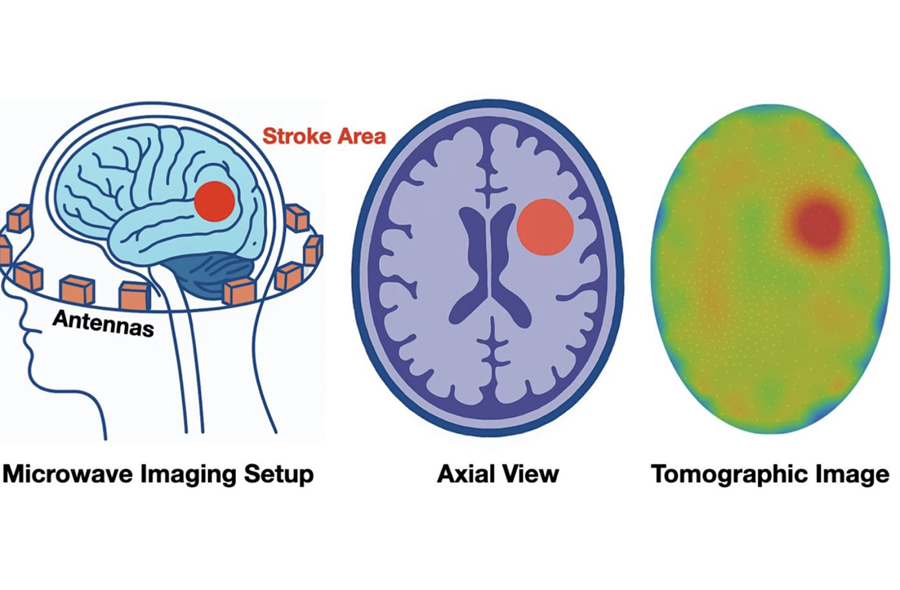
New Algorithm Dramatically Speeds Up Stroke Detection Scans
When patients arrive at emergency rooms with stroke symptoms, clinicians must rapidly determine whether the cause is a blood clot or a brain bleed, as treatment decisions depend on this distinction.... Read moreImaging IT
view channel
New Google Cloud Medical Imaging Suite Makes Imaging Healthcare Data More Accessible
Medical imaging is a critical tool used to diagnose patients, and there are billions of medical images scanned globally each year. Imaging data accounts for about 90% of all healthcare data1 and, until... Read more


















